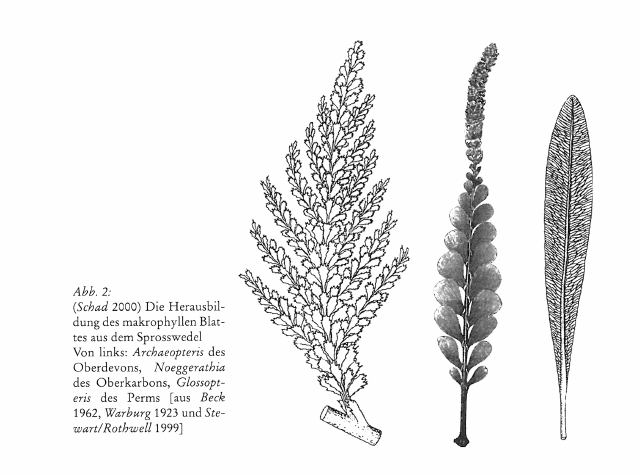Evolution durch Retention?
Elemente der Naturwissenschaft
75,
2001,
S.
84-88 |
DOI:
10.18756/edn.75.84
Colloquium | Sprache: English | €6.00
Artikelreferenz exportieren
- Klartext
- BibTeX
- RIS Format
- Downloadkosten : € 6.00
Zusammenfassung:
Are heterochrony and retention driving forces in the macroevolution of plants? The arguments of Wolfgang Schad in his article «Evolution durch Retention - Zur Makroevolution der ersten Landpflanzen, der höheren Tiere und des Menschen» in «Goethes Beitrag zur Erneuerung der Naturwissenschaften», edited by Peter Heusser, are not convincing. The example of Anewophyton germanicnm, a treelike progymnosperm, and the example of the evolution of the leaf are discussed.
Both examples are not suitable to prove the hypothesis of heterochrony and retention as driving forces of plant evolution.



